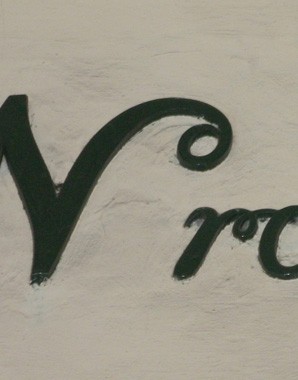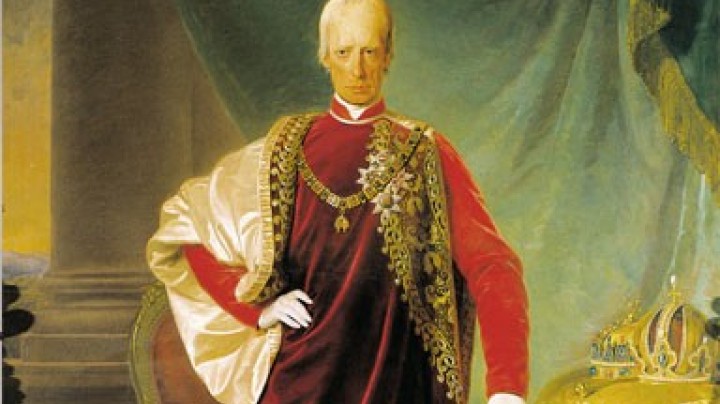Measure the masses – Of ‘descriptions of souls’ and house numbers
Maria Theresia and Joseph II wanted to have the ‘souls’ of the Monarchy ‘described’. Admittedly the motives for this were of an economic and military nature.
The present-day Austrian state knows quite a lot about its citizens, from their addresses and the amount of tax they pay to their religious confession. In contrast, until well into the eighteenth century monarchs had scarcely any information about the actual number of people who lived, worked, paid taxes or were dependent on support for the poor in their territories. There were frequent surveys, but these counted ‘only’ houses or the number of men liable for military service or the various types of businesses, and were carried out on a local basis. The fact that it was precisely in the eighteenth century that systematic censuses were introduced is connected with the ideas of mercantilism and cameralism: the aim was for the Habsburg Monarchy to be a populous state, which would mean that large amounts of tax could be collected.
The first ‘description of souls’ was ordered by Maria Theresia in 1753. The name suggests that initially it was the clergy who carried out the censuses, although later the state authorities were also involved. Because this census was not primarily a military survey, women and children were also counted. The lack of a standardized system is shown by the fact that these ‘descriptions’ showed fluctuations in the population of the Monarchy in the order of half a million people within a decade. Joseph II was interested in information both about those liable for military service and about the population as a whole. Despite this, not everyone was counted: the Jewish population was not recorded because they were excluded from military service; in the Italian provinces and in the Austrian Netherlands no censuses at all were carried out. From the 1780s the surveys were extended to provide tables of agricultural production, workshops, factories and their staff.
The introduction of house numbers in the second half of the eighteenth century was done on the one hand for fiscal and military reasons. On the other hand they, like the censuses, were also instruments of political power: putting clearly visible numbers on houses definitively allocated each house to a specific jurisdiction.














